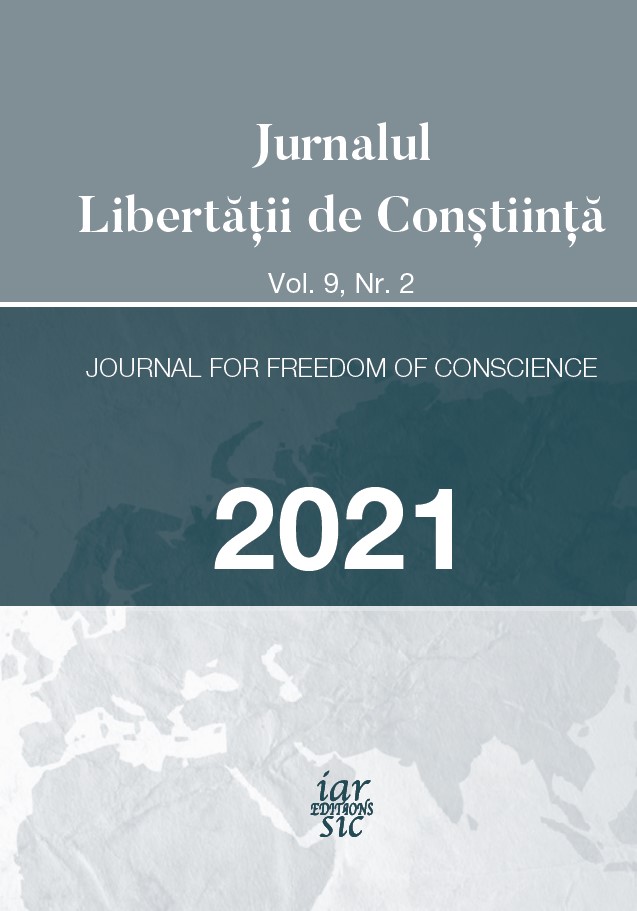DE LA FAMILIA BIOLOGICĂ LA FAMILIA SPIRITUALĂ. DREPTURILE ŞI ÎNDATORIRILE CĂLUGĂRULUI BIZANTIN DIN SECOLUL AL XI-LEA
From the Biological Family to the Spiritual Family. Rights and Duties of the Byzantine Monk in the 11th Century
Author(s): Constantin Claudiu CotanSubject(s): 6th to 12th Centuries, Eastern Orthodoxy, Canon Law / Church Law
Published by: Editions IARSIC
Keywords: monastery; rules; monks; family; saint; abbot; parents;
Summary/Abstract: The appearance of the monasteries constituted a major challenge for the family life. Parents considered the young people’s decision to join the monastic communities as a major step designed to change many of the family relations. Not very few times the parents tried to stop their children taking such decisions. The Saints’ lives give us many examples of this sort. If nowadays sucha decision can be taken after coming of age, in the Byzantine Middle Ages a young man could declare his affiliation to a monastic community before this age, maybe even when twelve years old. The teenager monks accomplished the same duties as in the family. The biological father was replaced with the spiritual one who had to guide the young man to the eternal life through greater approach to God. The family was replaced by the monastic community – the spiritual family. Many times, the monasteries’ founders saw their gesture as a perpetuation of the family, remembering them during the religious services and showing their image on the churches’ walls. This is why in the Byzantine Middle Ages we see an outstanding flourishing of the monastic life, with many monasteries built which have become famous throughout the centuries through their spiritual life. The Byzantine monasteries had a series of strict rules according to which they lived their lives (tipika), most times imposed by founders. Certain monastic rules forbade the monks to maintain relations with their biological families, while some other ones were more indulgent, especially the feminine monastic communities. These rules were more indulgent for those who joined the monastic life at advanced ages, and for those who came from nobility or from the founders’ families. This study presents a few aspects of the monastic life, the competition between the spiritual family and the biological one in the 11thcentury.
Journal: Jurnalul Libertății de Conștiință
- Issue Year: 9/2021
- Issue No: 2
- Page Range: 232-249
- Page Count: 18
- Language: Romanian

